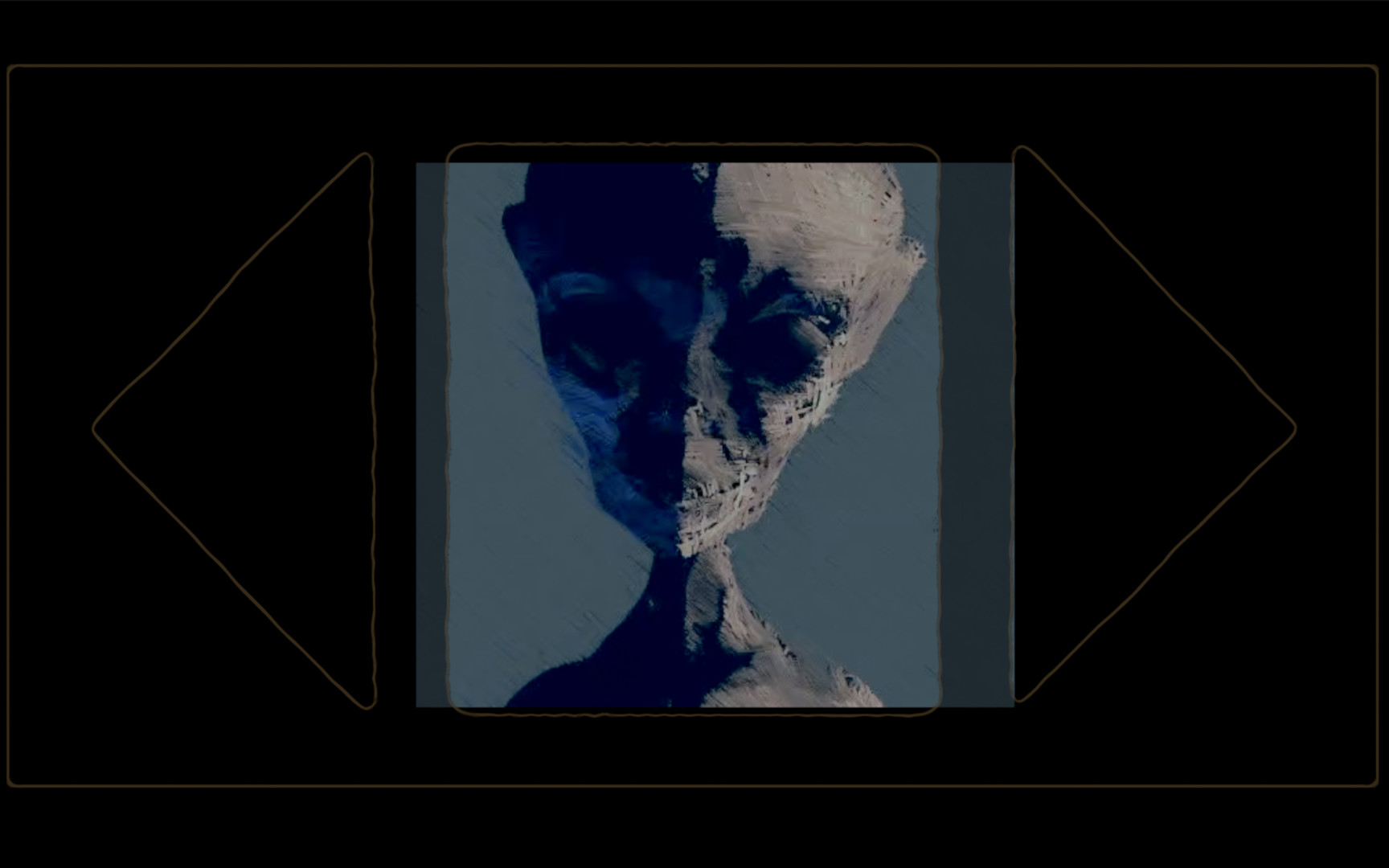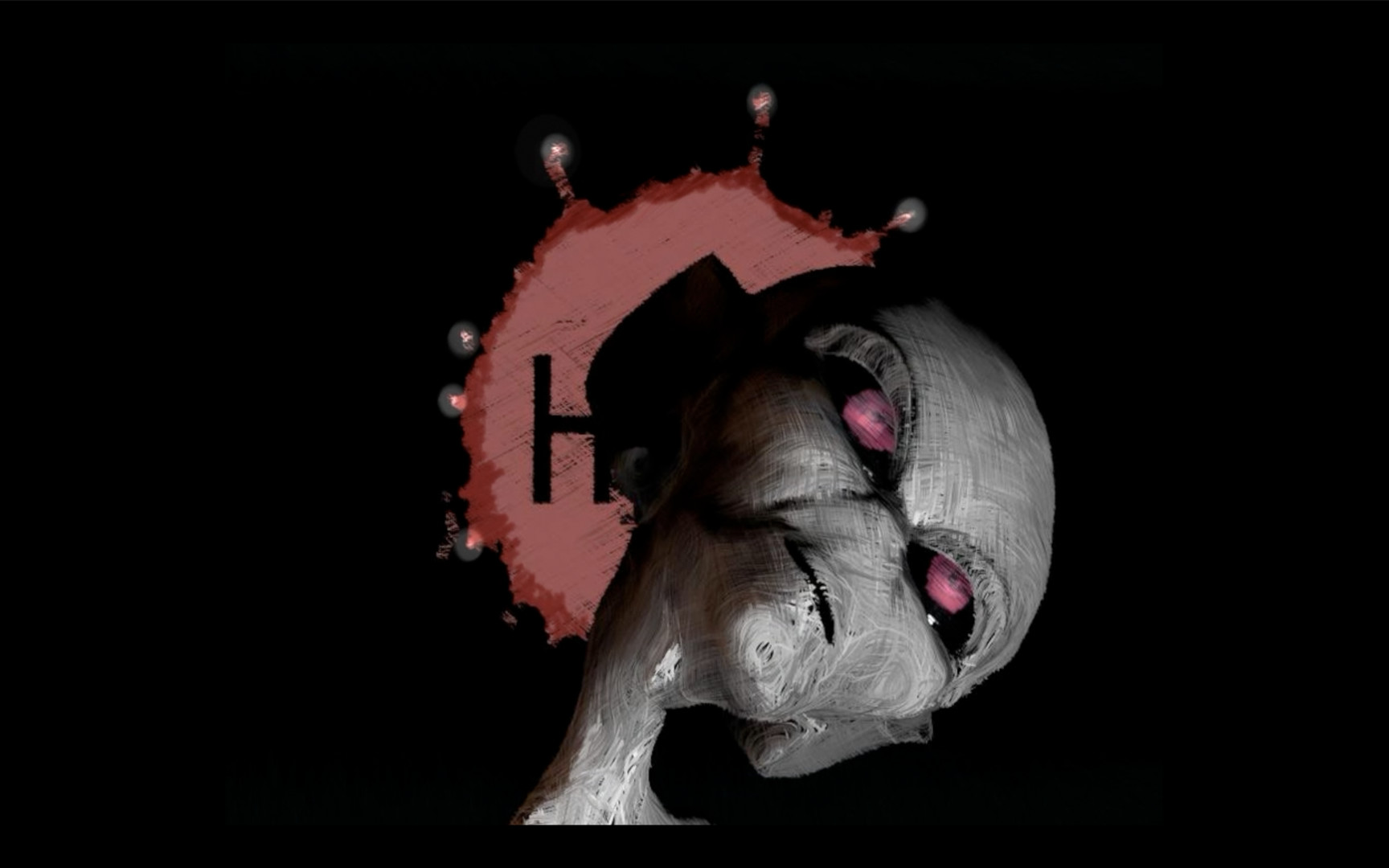Orion 1925

CAT INDEX
CAT INDEX OVERVIEW
SCREENPLAY
MAKING
ACTING
Directed by Eva Mjöll Ingolfsdottir | Reviewed by Anushka Dutta
Eva Mjöll Ingolfsdottir, or Eva Ingolf, the film-maker and the music director of ‘Orion 1925’ is a commended Icelander, acclaimed for her fine musical talent, especially for her artistic evaluation and the beautiful tone of her playing, from an early age. Ingolf’s knowledge in violin studies is gained not only from her Iceland background but also from her pedantic violin instructors in Europe. The spirit of East-European and Russian violin schools has heavily impacted her playing. Her earnest admiration for contemporary music surfaces in her experimental short film ‘Orion 1925’.
 Growing up, we all have watched and read a plethora of science fiction. We have had an abundance of the generic concepts of aliens from a faraway land, invading and conquering our planet Earth. Ingolf takes a unique and outlandish approach to the quaint alien-human trope. The film is a compilation of animated scenes. However, complying with her non-traditional techniques, Ingolf chooses a modern form of animation to capture the story of a fantastic meeting of a fisherman from planet Earth with EPb13, an alien from a Flame Nebula in the constellation Orion.
The story is such that it can be interpreted from multiple angles. In fact, Ingolf also skillfully leaves the conclusion to the film open-ended. The film incepts with a setting of 1925 Halamid west of Iceland. The time is noon, but the atrocious climate and the ghastly winds of the storm surge, amalgamated with the sinister music is enough to run chills down your spine. Seventy-four men die with two perished trawlers, while one is left to stomach the petrifying cold waters in the middle of the ocean.
Growing up, we all have watched and read a plethora of science fiction. We have had an abundance of the generic concepts of aliens from a faraway land, invading and conquering our planet Earth. Ingolf takes a unique and outlandish approach to the quaint alien-human trope. The film is a compilation of animated scenes. However, complying with her non-traditional techniques, Ingolf chooses a modern form of animation to capture the story of a fantastic meeting of a fisherman from planet Earth with EPb13, an alien from a Flame Nebula in the constellation Orion.
The story is such that it can be interpreted from multiple angles. In fact, Ingolf also skillfully leaves the conclusion to the film open-ended. The film incepts with a setting of 1925 Halamid west of Iceland. The time is noon, but the atrocious climate and the ghastly winds of the storm surge, amalgamated with the sinister music is enough to run chills down your spine. Seventy-four men die with two perished trawlers, while one is left to stomach the petrifying cold waters in the middle of the ocean.
 Right above sea level two UFOs concurrently gets entangled in the ominous winds, leaving EPb13 as the sole survivor. Multiple frames in the film illustrate his futile cries for help until he meets the fisherman, who, baffled by what he had just witnessed, enquires, “are you for real? Where do you come from?” Although he is informed of the origins of EPb13 and how he has traversed through a portal from the constellation Orion, he does not have enough time to remain conscious as his lips begin to turn blue due to the chilling temperature.
The alien attempts to keep him warm as long as he can before letting the waves take his body. The connection they share in these few frames, the co-dependency painted between two creatures of completely divergent emergence, with one thousand and five hundred light-years between their birthplaces, is not only phantasmagorical but also extremely dreamlike, surrealistic and absorbing.
Ingolf artfully transitions one frame to another. The surreal aesthetics of the short film undeniably puts you in a state of trance. In the later part of the film, when EPb13 is rescued by his kind and transported back to his homeland, we behold the mystical beauties of Flame Nebula, “where new stars are born everyday”. From here on, the colour gradients of the frames are exceptionally phenomenal, while Ingolf proceeds to show her audience the transcendental existence of the constellation belt of Orion. She gives us an elaborate description of how a star is born, as a lullaby vocal is being played in the background, subsequently inducing a sense of tranquillity in the minds of her viewers.
Right above sea level two UFOs concurrently gets entangled in the ominous winds, leaving EPb13 as the sole survivor. Multiple frames in the film illustrate his futile cries for help until he meets the fisherman, who, baffled by what he had just witnessed, enquires, “are you for real? Where do you come from?” Although he is informed of the origins of EPb13 and how he has traversed through a portal from the constellation Orion, he does not have enough time to remain conscious as his lips begin to turn blue due to the chilling temperature.
The alien attempts to keep him warm as long as he can before letting the waves take his body. The connection they share in these few frames, the co-dependency painted between two creatures of completely divergent emergence, with one thousand and five hundred light-years between their birthplaces, is not only phantasmagorical but also extremely dreamlike, surrealistic and absorbing.
Ingolf artfully transitions one frame to another. The surreal aesthetics of the short film undeniably puts you in a state of trance. In the later part of the film, when EPb13 is rescued by his kind and transported back to his homeland, we behold the mystical beauties of Flame Nebula, “where new stars are born everyday”. From here on, the colour gradients of the frames are exceptionally phenomenal, while Ingolf proceeds to show her audience the transcendental existence of the constellation belt of Orion. She gives us an elaborate description of how a star is born, as a lullaby vocal is being played in the background, subsequently inducing a sense of tranquillity in the minds of her viewers.
 Through the next couple of frames, the cultures conduct, behaviours of life in Orion are playfully and incoherently depicted. Jolly music overlaps the tranquil vocals when elated, EPb13 shows his kind the special artefacts he had collected from planet Earth, when he dances with his bandmates to music that is fashionable in Alnitak, when he trains himself back in the molecular cloud complex of Orion to stay prepared for long space travels, displaying physical manners not much contrasting to the humankind. Until, the portal opens again to the lush greenery of endless and beautiful fields of the Earth, the frame abruptly stopping at a beach-like scene, and then promptly moving to a scene where we see the surviving fisherman clinging on to a whale in the dark waters – leaving us with indefinite questions.
Through the next couple of frames, the cultures conduct, behaviours of life in Orion are playfully and incoherently depicted. Jolly music overlaps the tranquil vocals when elated, EPb13 shows his kind the special artefacts he had collected from planet Earth, when he dances with his bandmates to music that is fashionable in Alnitak, when he trains himself back in the molecular cloud complex of Orion to stay prepared for long space travels, displaying physical manners not much contrasting to the humankind. Until, the portal opens again to the lush greenery of endless and beautiful fields of the Earth, the frame abruptly stopping at a beach-like scene, and then promptly moving to a scene where we see the surviving fisherman clinging on to a whale in the dark waters – leaving us with indefinite questions.
 Anushka Dutta is a student of English Honours, and a part-time content writer. A writer, singer and an artist; they have worked as an ambassador for Japan Film Festival in 2020 organized in Kolkata, India. They are a professional singer and have done playback singing in movies.
Anushka Dutta is a student of English Honours, and a part-time content writer. A writer, singer and an artist; they have worked as an ambassador for Japan Film Festival in 2020 organized in Kolkata, India. They are a professional singer and have done playback singing in movies.


